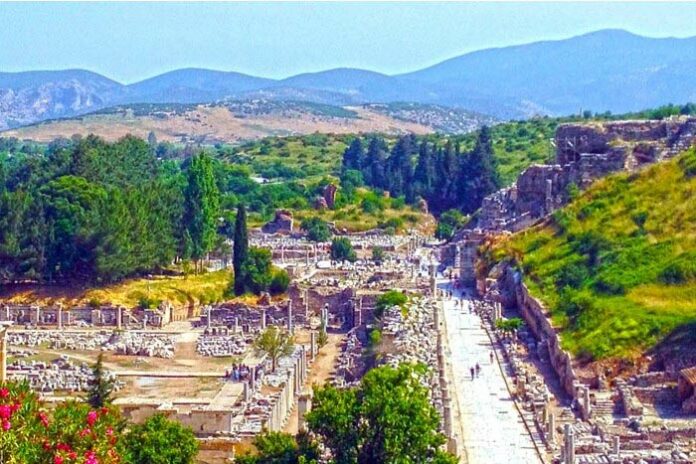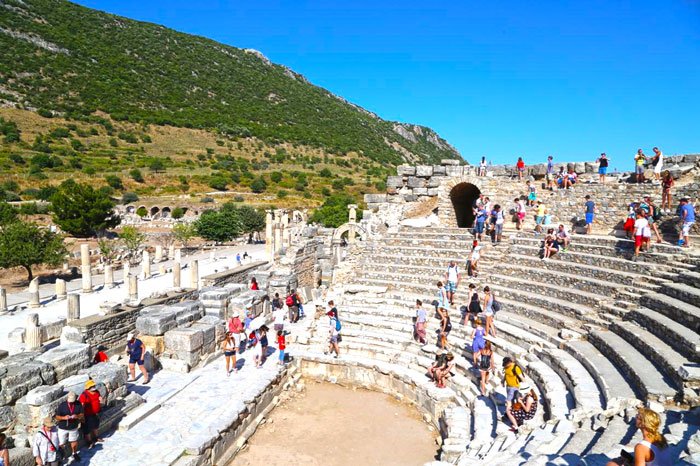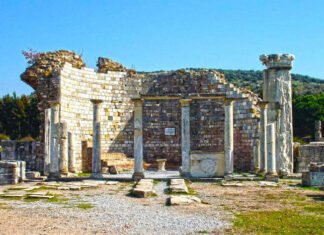Ephesus Day Tours – History of the Ancient City
Join our Ephesus day tours and explore one of the most famous ancient cities in the world. Ephesus has a long and rich history that goes back to 6000 B.C. This city holds important stories from the Bronze Age, Hittite period, and Roman times.
Recent excavations found early settlements on the Ayasuluk Hill, where a fortress stands today. These findings show that people lived here long before Ephesus became a known city.
Early Days of Ephesus
In the Hittite period, the city was called Apasas. Later, in 1050 B.C., immigrants from Greece settled in Ephesus. Around 560 B.C., the city moved near the Temple of Artemis, which became a spiritual and cultural center.
Daily Ephesus tour visitors will see the impact of these early times during their trip.
Rise of a Great City
Today’s Ephesus was built by Lysimakhos, a commander of Alexander the Great, around 300 B.C. He named it after his wife, Arsione. Ephesus became a major city during the Hellenistic and Roman periods. It grew into a powerful capital of the Roman Asia Province with a population of about 200,000 people.
Its location as a port made it a key connection between east and west. That gave Ephesus great political and trade power.
The city also housed the Temple of Artemis, one of the Seven Wonders of the World. The temple honored the mother-goddess Kybele, known as Artemis in Greek culture. You can still feel its importance when walking among the ruins.
Learn more about this on your Bulgaria tour.
Byzantine Period and Later Years
During the Byzantine period, the city moved back to Ayasuluk Hill in Selcuk County, its first settlement site. In 1330, the Turks captured the area and it became the capital of the Aydinogullari State.
By the 16th century, Ephesus had lost much of its importance. When the Republic of Turkey was founded in 1923, the area was named Selcuk. Today, Selcuk is a small tourism town with about 30,000 people.
Enjoy the best experience with a private golfing tour Turkey while visiting this historic region.
Why Ephesus Still Matters
Ephesus tells the story of human settlement, trade, faith, and art. Its well-preserved ruins give us real insights into ancient life. Whether it’s the grand theater or the remains of Artemis Temple, each corner has a story.
Our Ephesus day tours are the best way to see and understand this amazing city.
Explore ruins dating back thousands of years. See one of the Seven Wonders of the World. Walk ancient streets and imagine life in Roman times. Enjoy expert guides with deep local knowledge
For questions, feel free to contact us.




